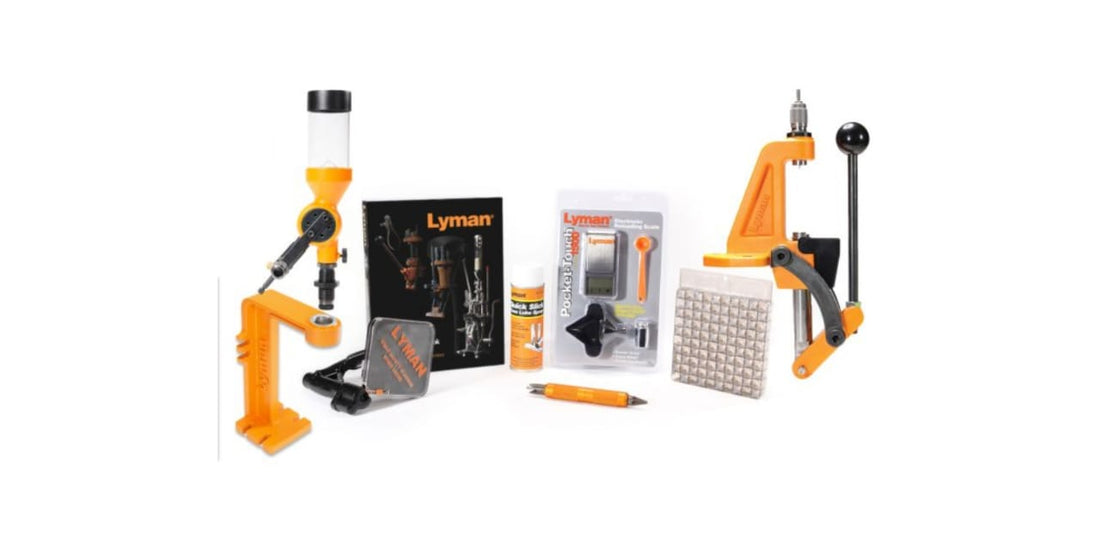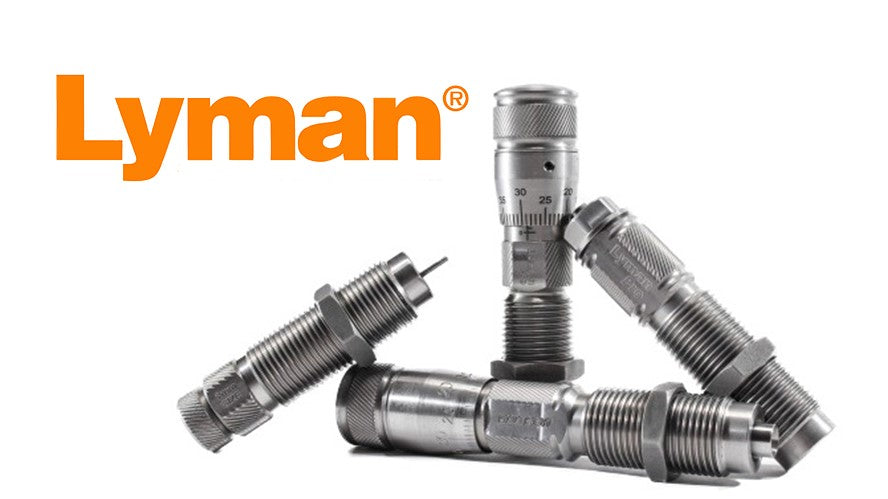
Essential Tools and Tips for Reloading Ammunition
Share
Title: Essential Tools and Tips for Beginners in Ammunition Reloading
Introduction: Welcome to the world of ammunition reloading! Whether you're a seasoned shooter or a newcomer, reloading your own ammunition can be a rewarding hobby. It not only allows for significant cost savings but also enables you to customize loads for specific purposes. Today, we'll cover the essential tools you'll need to get started and offer some practical tips to make your reloading experience both safe and successful.
Section 1: Essential Tools for Reloading Ammunition Reloading ammunition is both an art and a science, and having the right tools is crucial. Here’s what you’ll need to begin:
-
Reloading Press: Often considered the heart of the reloading bench, the reloading press is used to resize brass, seat bullets, and perform other critical functions. There are several types, including single-stage, turret, and progressive presses.
-
Dies: These are necessary for depriming the brass, resizing the casing, and seating the bullet. Each caliber of ammunition you wish to reload will require its own set of dies.
-
Scale: Precision is key in reloading, and a reliable scale is essential for accurately measuring powder charges.
-
Caliper: A digital or dial caliper is crucial for measuring the dimensions of your cartridges to ensure they meet specifications.
-
Case Tumbler: Clean brass is vital for the longevity of your equipment and the quality of your ammo. A tumbler cleans and polishes spent casings.
-
Primers, Powder, and Bullets: These are the consumables in the reloading process. It’s important to choose the right type for your specific reloading needs.
-
Reloading Manual: A good reloading manual is indispensable. It provides guidelines, load recipes, and safety information.
Section 2: Step-by-Step Guide to the Reloading Process Reloading involves several steps, each requiring attention to detail:
-
Cleaning and Inspecting Cases: Start by cleaning your spent casings in a case tumbler. Inspect each case for damage and discard any that are split or excessively worn.
-
Resizing and Depriming: Using the resizing die on your press, resize the brass to factory dimensions and remove the spent primer.
-
Priming: Insert a new primer into the case using either a hand priming tool or your press, depending on your setup.
-
Charging with Powder: Weigh the correct amount of powder on your scale and carefully add it to each case.
-
Seating the Bullet: Place the bullet into the neck of the case and use the seating die to press it into place at the correct depth.
Section 3: Practical Tips for Reloading Ammunition To enhance your reloading practice, consider these tips:
-
Safety First: Always wear safety glasses and work in a well-ventilated area. Keep your work area clean and organized.
-
Keep Detailed Notes: Maintain a log of your reloading data and the outcomes. This will be invaluable for refining your process.
-
Start with Established Recipes: Use load data from reputable sources and do not exceed recommended powder charges.
-
Double-Check Weights and Measurements: Always double-check your powder weights and cartridge dimensions.
-
Join Online Forums and Local Clubs: Connect with experienced reloaders. They can provide support and valuable insights.
Conclusion: Reloading ammunition is a fulfilling hobby that enhances your shooting experience and deepens your understanding of firearms. With the right tools and a careful approach, you can produce high-quality ammunition tailored to your needs.
Call to Action: Got questions or tips you’d like to share? Leave a comment below! And if you found this guide helpful, don’t forget to subscribe for more posts like this and follow us on social media.








